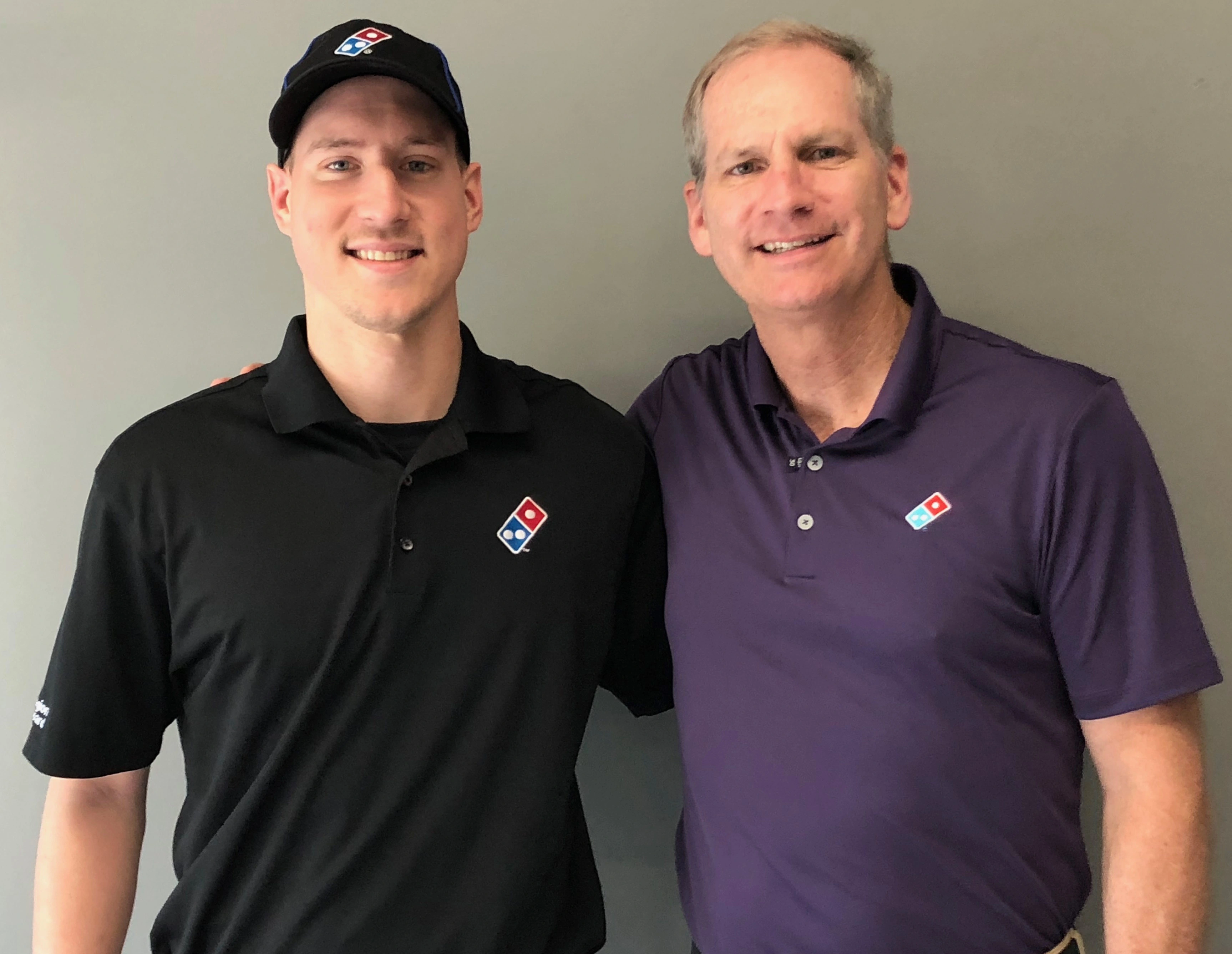How is Cheese Made?
From cow to curd, there are many steps along the way to make the cheeses we all know and love.
Cheese is made by curdling milk using rennet or an acid, which separates the curds (solid) from the whey (liquid). The curds are then drained, shaped, salted, and aged to develop flavor and texture. While the exact process varies by each cheese type, the fundamental steps remain the same—let’s break them down.
How to Make Cheese
Milk Collection and Quality Control
It all starts with collecting milk from dairy farms. Upon arrival at the cheese plant, the milk undergoes strict quality and purity tests to ensure it meets safety standards. Once approved, the milk is filtered and standardized—meaning the milk fat, cream, or protein content is adjusted to create a consistent base for cheese production.
Pasteurization
Next, the milk is pasteurized to eliminate harmful bacteria. This step ensures the cheese is safe for consumption and helps extend its shelf life. Pasteurization involves heating the milk to a specific temperature for a set time to kill pathogens. It is necessary because raw milk can harbor dangerous bacteria, and pasteruzation kills that bacteria.
Adding Starter Cultures and Rennet
At this point, good bacteria or “starter cultures” are added to the milk. The starter cultures ferment the lactose, milk’s natural sugar, into lactic acid. The sugar content in different types of milk can affect this process, influencing the cheese's flavor and texture.
After the starter culture, rennet is introduced, Rennet is an enzyme that causes the milk to thicken and form a gel-like consistency, similar to yogurt. This is the first step in separating the curds (solids) from the whey (liquid). The amount of rennet and time needed for it to separate into curds can vary from cheese to cheese.
Curd Cutting and Why Separation
Once it starts to gel, the cheesemakers cut it, which allows the whey to come out. This cuting process allows more whey to escape, creating firmer curds, The curds are then stirred and gently heated, further releasing whey and concentrating the solids. Drier cheeses are often cut to form smaller curds, so more of the moisture comes out, while curds cut less are larger and are more moist.
Pressing and Shaping
Once the the whey is drained, the curds are shaped into cheese molds. Depending on the chesse type, the curds may be salted before pressing (as with Cheddar) or placed in molds and brined afterward (like Mozzarella or Swiss). Pressing expels any remaining whey and gives the cheese its signature shape and texture.
Aging and Maturation
The final step is aging the cheese under controlled conditions. During aging, the cheese develops its distinct flavors, textures, and aromas. Some cheeses, like fresh Mozzarella, are ready to eat immediately, while others, such as Parmesan, are aged for months or even years to achieve their unique flavor.
How are Different Types of Cheese Made?
Cheese variety is influences by several factors, including the type of milk, bacterial cultures, curd processing, and aging methods. Here are some examples:
- Swiss Cheese: Uses the bacterial culture Propionibacterium freudenreichii, which produces carbon dioxide during aging, creating the cheese’s iconic holes.
- Brie Cheese: Relies on Penicillium camemberti, a mold that forms its soft, bloomy rind.
- Blue Cheese: Contains Penicillium roqueforti, which creates its signature blue veins and sharp, tangy flavor.
- Cheddar Cheese: Achieves its orange hue from added coloring agents, such as annatto, and is often aged for months to intensify its sharpness.
Curd Size and Moisture Content
Cheesemakers control the texture by adjusting curd size:
- Smaller curds release more whey, resulting in drier, firmer cheeses (like Parmesan).
- Larger curds retain more moisture, creating softer cheeses (like Brie).
How is Cheese Manufactured in a Cheese Plant?
In modern cheese plants, the process is streamlined for large-scale production:
- Milk Processing: Milk is pasteurized and standardized.
- Coagulation: Starter cultures and rennet are added to form curds.
- Cutting and Heating: The curds are cut, stirred, and heated to release whey.
- Pressing and Shaping: Curds are pressed into molds or brined, depending on the cheese type.
- Aging and Packaging: Cheese is aged under controlled conditions, then packaged for distribution.
See Cheesemaking in Action
Want to see it in action? We sent a team to Fiscalini Farms in Modesto, California, to learn more about how they make their award-winning cheeses. ccording to dairy farmer Brian Fiscalini, “World-class cheese comes from stellar milk.” From farm to cheese plant, every step is carefully monitored to create exceptional cheese.
To learn more about the cheese making process, watch this video:















